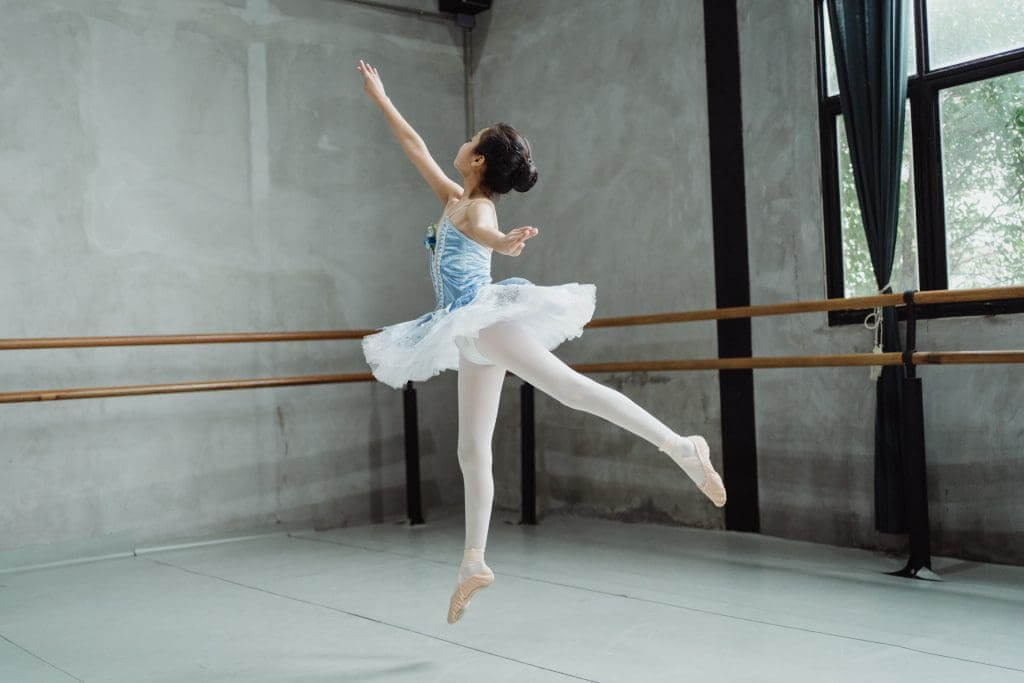
Growing pains in children
Although the name suggests otherwise, these pains are not related to growth. The official medical term for this type of pain is benign nocturnal pains of childhood. However, with your permission, I will continue referring to them as “growing pains” in this chapter.
Interestingly, this topic is found in rheumatology, not orthopedics, in medical textbooks.
This is a condition that, on one hand, is very common in pediatrics and, on the other hand, can be very distressing for parents — often unnecessarily. Still, overlooking other possible conditions can have serious consequences, so parents should be familiar with the typical signs and symptoms of growing pains in children.
This post was written by disease specialist Professor Gil Amarilyo, a senior pediatric rheumatologist listed under Dr. Efi’s recommended physicians in the following link.
What percentage of children have growing pains?
Between 10–20% of children experience growing pains. The condition is more common between the ages of 4 and 12.
What are the characteristic signs and symptoms of growing pains in children?
Growing pains have several specific characteristics that help distinguish them from other medical conditions.
Please note both the signs that support the diagnosis and those that suggest it may not be growing pains:
Complaints are intermittent – they may occur every few days or weeks, but not every consecutive night for a prolonged period.
Both sides of the body may hurt – the pain might be on the right side one day and on the left side another. It is not consistently in the same location.
Location – the pain commonly occurs at the front of the thighs or shins. It is never in the joints or groin area. Pain in the upper limbs is less common.
Type of pain – mostly described as cramps or discomfort. The pain does not intensify and is never severe enough to stop the child from normal activities.
Time of day – pain typically appears in the late afternoon or evening, especially after a physically active day. It is not usually present during the day.
According to medical literature, growing pains may sometimes wake a child during the night, but the pain resolves quickly and is always gone by morning.
The pain responds quickly to massage or painkillers.
Why is it important to know and recognize growing pains in children?
Mainly to avoid missing other, more serious diagnoses, and also to provide proper reassurance and care for the child.
When should a pediatrician be seen for this complaint?
There’s no harm in consulting a pediatrician and describing your child’s symptoms. Let the pediatrician assess the situation and confirm whether the symptoms are consistent with growing pains.
Of course, if your child is experiencing pain that differs from the typical signs described above, a visit to the doctor is essential.
What is the role of the pediatrician in this case?
The pediatrician will carefully listen to the symptoms, take a thorough medical history, and check whether the complaints align with growing pains. They will also look for any red flags suggesting an alternative diagnosis.
They will ensure that the child is otherwise healthy, growing and developing normally, and has not been experiencing fever or weight loss.
A complete physical exam will be conducted, focusing on the muscles, bones, and joints. There should be no signs of redness, swelling, or tenderness. Joint movement should be normal.
Laboratory tests or imaging are usually not needed.
Do children with growing pains suffer from other accompanying problems?
Interestingly, children with growing pains often seem to have a different perception or processing of pain. Studies show they may be more prone to other types of pain, such as headaches and abdominal pain.
However, this does not mean the pain isn’t real. These children truly experience pain — the way their body amplifies or interprets it just seems to differ.
How are growing pains in children treated?
Children (and their parents) should be reassured that this is a common condition and not a sign of anything serious.
During episodes, massaging the affected muscle can provide significant relief. Stretching and the use of a warm compress can also be helpful. Painkillers, especially ibuprofen (a non-steroidal anti-inflammatory drug), may provide additional relief.
In summary:
A straightforward topic — one of the reasons I love pediatrics.
But don’t fall into the trap of assuming every leg pain is a growing pain. When in doubt, especially if the symptoms are atypical, consult a trusted pediatrician.
In summary:
A simple and seemingly mundane topic — this is one of the reasons I love pediatrics so much.
At the same time, one should not fall into the trap of overlooking other important diagnoses.
Therefore, whenever in doubt — especially in cases of an atypical presentation — seek consultation and examination from a trusted pediatrician.
For comments and questions, please register
